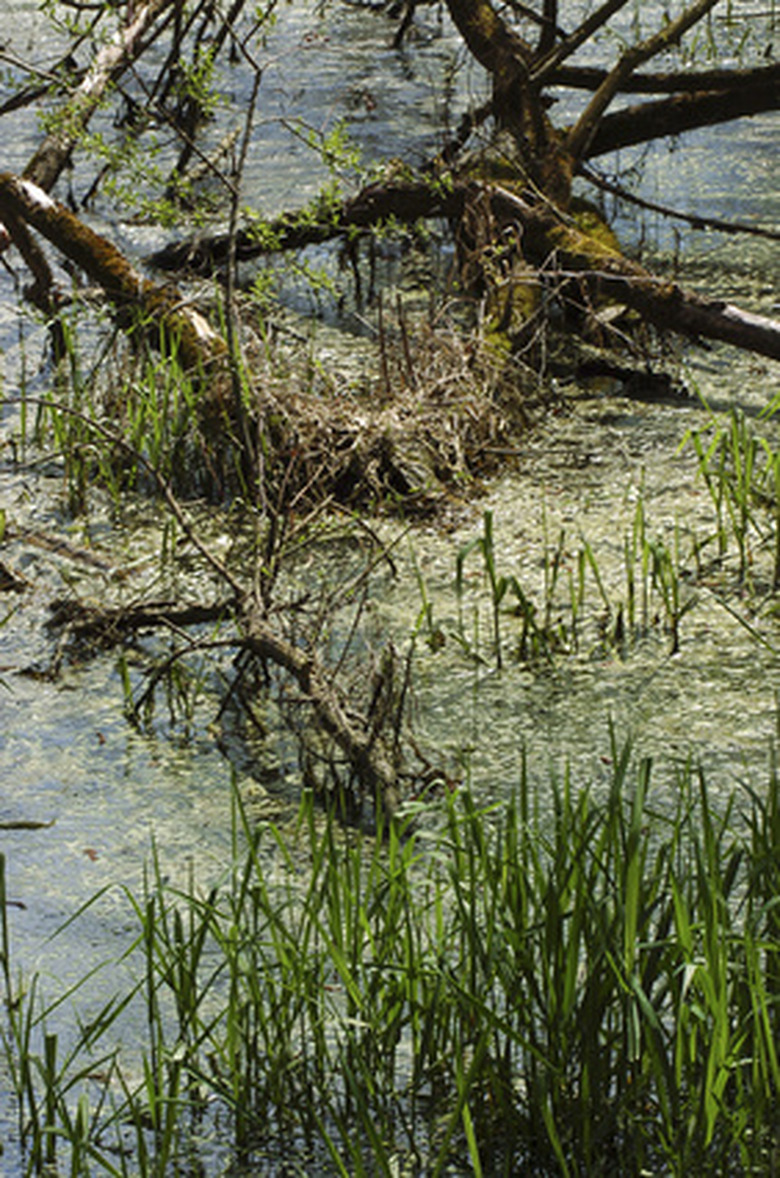Alternatives To Vermiculite & Perlite
Vermiculite and perlite are common soilless growing mediums that are often added to soils, used as a sprouting medium, or used in hydroponics. Vermiculite is a mineral compound made of mica-like shiny flakes that can sometimes be contaminated with asbestos. Perlite is made from hydrated volcanic ore. Both vermiculite and perlite are made by hydrating and heating the ores to very high temperatures. As a result, some people use alternatives that are made using less energy intensive processes.
Coconut Coir
Coconut coir is a byproduct of the coconut farming industry. It is made by shredding the coatings of coconuts into long fibers that are, according to Utah State University, ideal for soilless plant cultivation. Coconut coir was developed as an alternative to sphagnum moss, which because it takes so long to grow in nature is not considered renewable. In some studies at Utah State University, peppers and tomatoes grew as well in coir as in peat. However, other studies in the same laboratory showed stunted growth. The research indicated that the stunted growth might have been caused by a higher carbon to nitrogen ratio in the coir that did not work as well.
- Vermiculite and perlite are common soilless growing mediums that are often added to soils, used as a sprouting medium, or used in hydroponics.
- Both vermiculite and perlite are made by hydrating and heating the ores to very high temperatures.
Peat Moss
Peat moss is actually older sphagnum moss that has died and been covered over by upper layers of sphagnum moss. Peat moss is cut out of bogs. The lower, dead mosses are separated out, dried, and packaged as peat moss. Although in the past, peat moss was considered a renewable resource, the rate of harvest is currently greater than the production rate of peat bogs.
Sphagnum Moss
Long-fiber sphagnum moss is another alternative for soilless gardening. Long-fiber sphagnum moss is simply dried sphagnum moss, which eventually would die and become the peat moss of peat bogs. Sphagnum has some fungicidal properties that help reduce damping off problems when sprouting seeds that have such problems. Among sphagnum moss, peat moss and coconut coir, sphagnum moss is the lightest and offers the most air contact with developing roots.
- Peat moss is actually older sphagnum moss that has died and been covered over by upper layers of sphagnum moss.
- Among sphagnum moss, peat moss and coconut coir, sphagnum moss is the lightest and offers the most air contact with developing roots.
